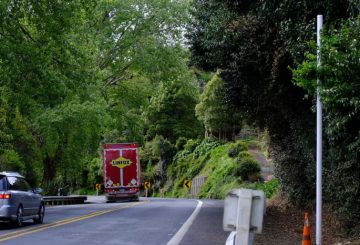在迪拜 COP28 气候峰会上,“气候流动” 或气候变化导致的人员和社区流动的话题已成为一个关键问题。大约有25场会议重点讨论因气候变化而流离失所者的需求和权利。
在峰会的第一天,就一个 “损失和损害” 基金达成协议,以支持受气候变化影响的脆弱国家。但是,目前尚不清楚该基金将如何与《全球盘点》(一份关于实现《巴黎协定》目标进展的报告)一起运作。
在《联合国气候变化框架公约》(UNFCCC)内很难解决气候流动问题。关于如何保护受气候变化威胁的国家的公民,尚无共识。改变 “难民” 的定义将受气候变化影响的人包括在内也几乎没有政治意愿。
澳大利亚和图瓦卢最近达成了一项名为Falepili Union的协议,为受气候变化影响的图瓦卢公民获得澳大利亚公民身份提供了途径。但是,该协议要求图瓦卢就与其他国家的任何安全和防务相关安排与澳大利亚达成协议,这引起了人们对图瓦卢国家主权的担忧。
批评者认为,法勒皮利联盟比图瓦卢对澳大利亚更有利。他们还指出,没有就该协议征求图瓦卢公民的意见。
研究表明,受气候变化影响的社区需要选择有尊严地留在本国。太平洋地区已经在使用成功的留在原地的战略。例如,萨摩亚的社区找到了适应气候变化的方法,将人身风险和文化伤害降至最低。
COP28 峰会需要重点保护脆弱国家的主权并确保将气候正义置于优先地位。小岛屿国家和太平洋人民对气候变化的影响微乎其微,是最早感受到其影响的人。COP28 可能会讨论人们决定自己的适应未来的权利,包括就地适应的选项。




























































